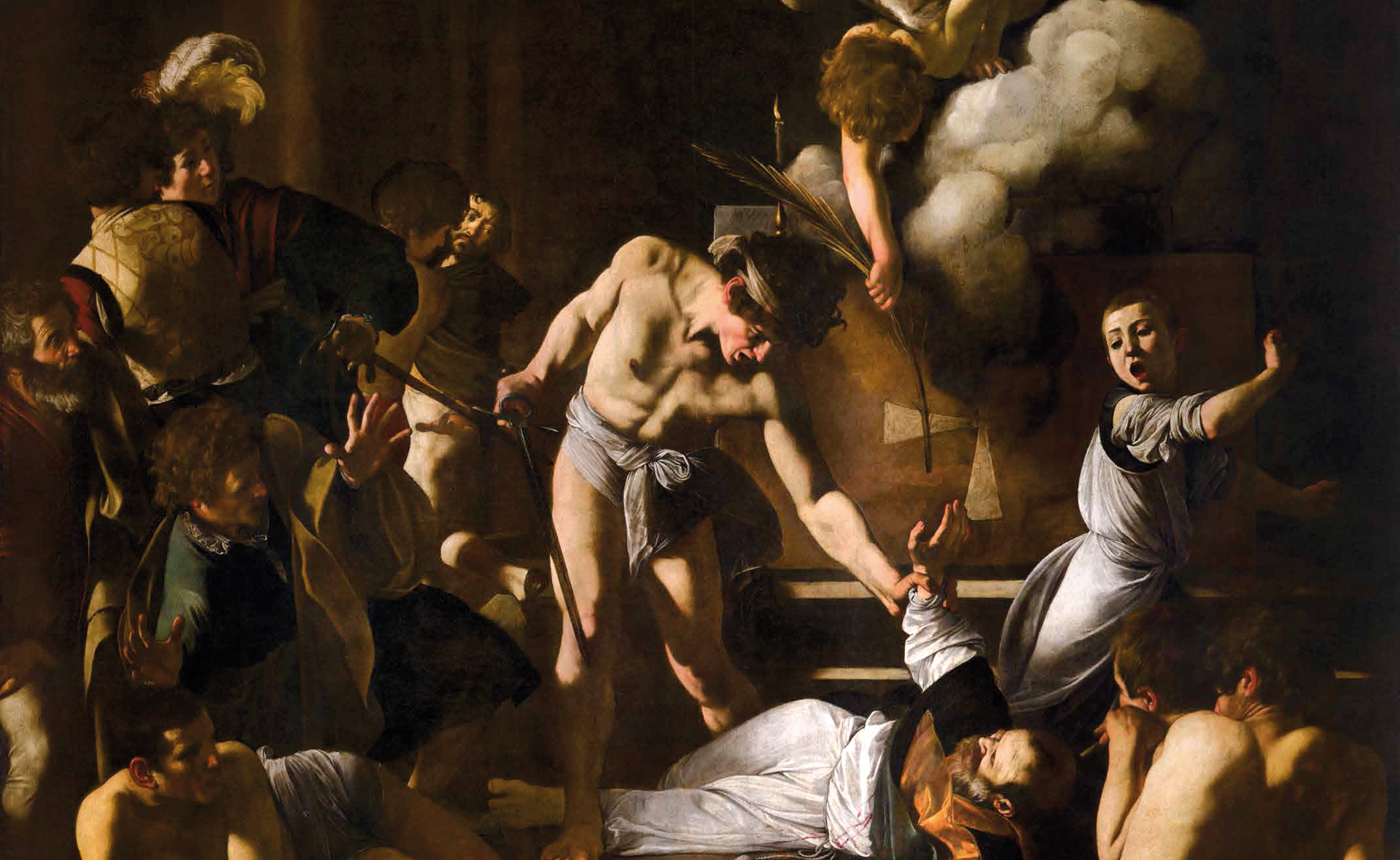An itinerary through 3 Roman churches to admire the works of Caravaggio.

It is possible to admire some Caravaggio’s masterpieces while walking through the historic centre of Rome.
A stone’s throw from Piazza Navona, the Church of San Luigi dei Francesi boasts important masterpieces but also houses three paintings, the result of the first important commission entrusted to the artist in Rome, inside the Contarelli Chapel. The altarpiece in the centre, entitled Saint Matthew and the Angel, is a second version made by Caravaggio, after the first was removed from the congregation because the figure had neither the decorum nor the appearance of a saint. In the suggestive Vocation of Saint Matthew, on the left side of the chapel, the scene is immersed in the shadows, broken by glimpses of light that illuminate the faces of the main characters. It is the light of divine grace calling to men. An incredulous Saint Matthew is pointing his finger at himself almost to say “Are you calling me?”. On the right side, there is the violent Martyrdom of Saint Matthew with, in the centre of the scene, shrouded in darkness, the figure of the executioner bent towards the martyr. It is interesting to note that it is not the body of Saint Matthew that is illuminated, but rather that of the executioner. In fact, it is on the latter, as a sinner, that the light of divine grace must act.
In the Cerasi Chapel of the Basilica of Santa Maria del Popolo, in Piazza del Popolo, there are two of the main works by Caravaggio, the Conversion of Saint Paul and the Crucifixion of Saint Peter, facing each other. In the middle, there is an altarpiece depicting the Assumption of the Virgin by Annibale Carracci, also worthy of praise. If Peter seems to drag us into the canvas, Paolo, with his arms wide open, seems to come out of it.
The Basilica of Sant’Agostino in Campo Marzio, one of the first Roman churches built during the Renaissance, houses the Madonna of the Pilgrims. This work seems to have been donated to the church by Caravaggio himself, as a thank you for having provided him shelter after he wounded a man who was harassing Lena, a courtesan. According to tradition, the Madonna in the painting is Lena, the woman he loved.
